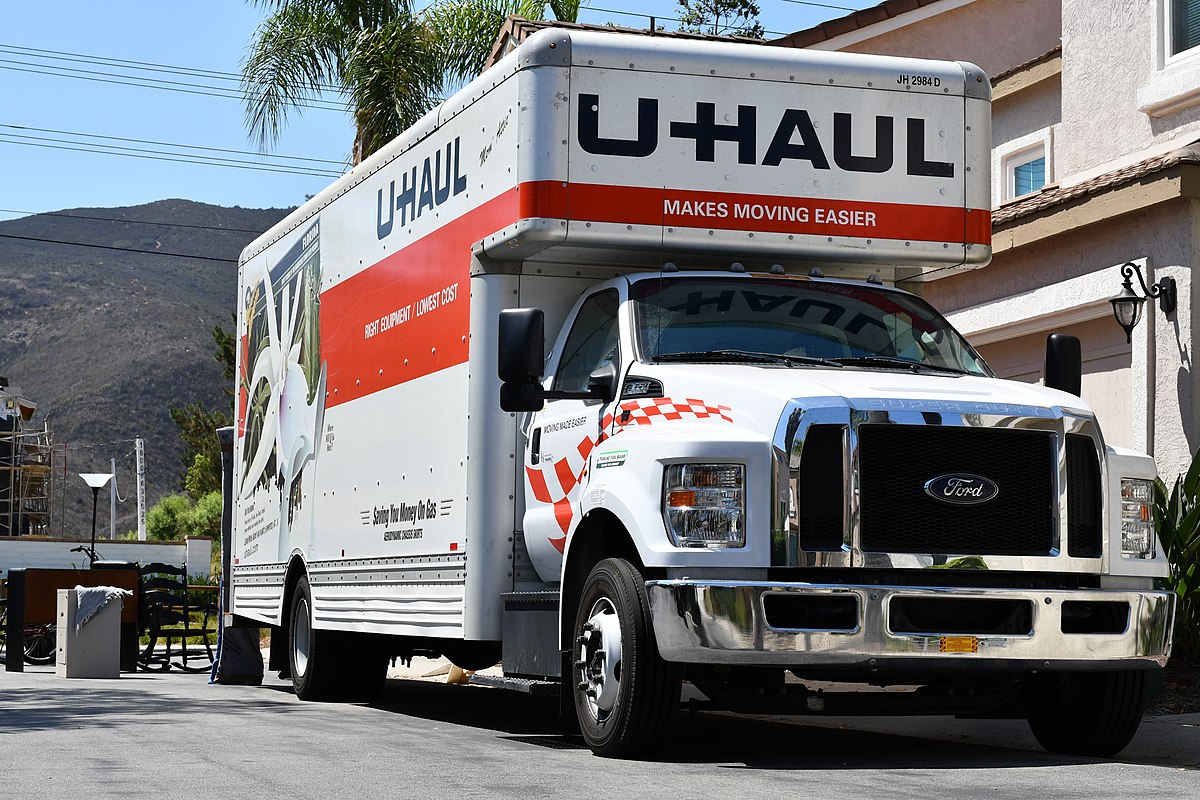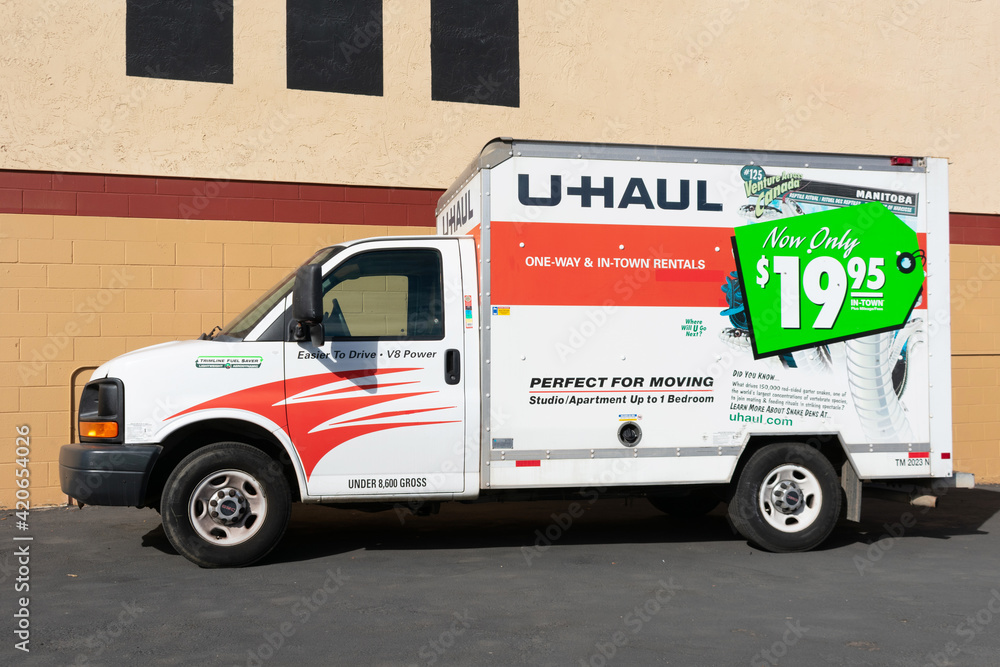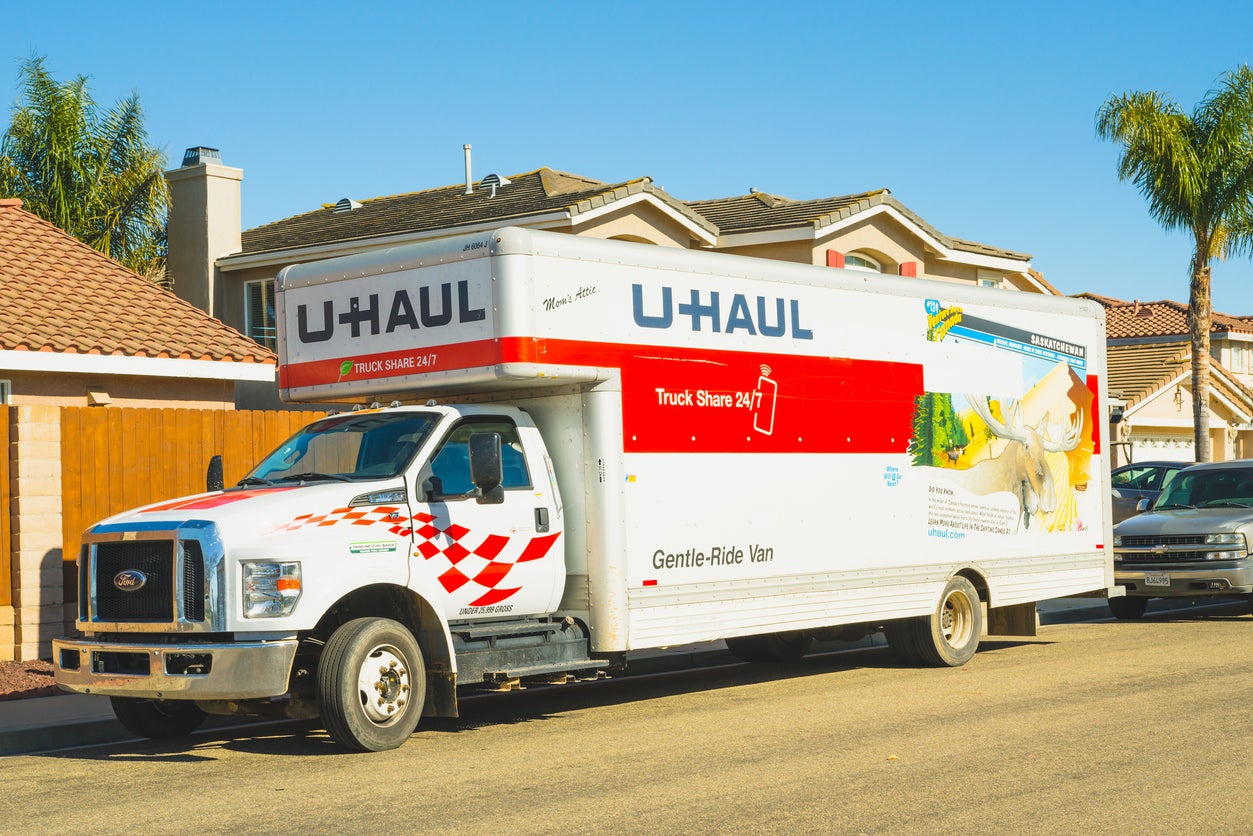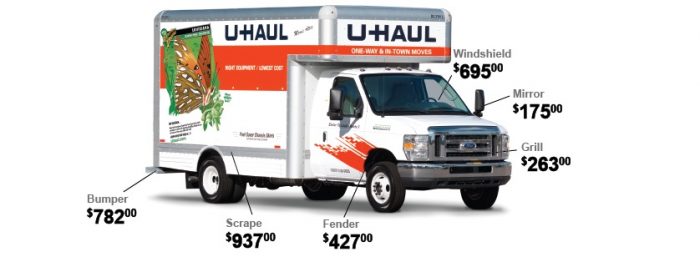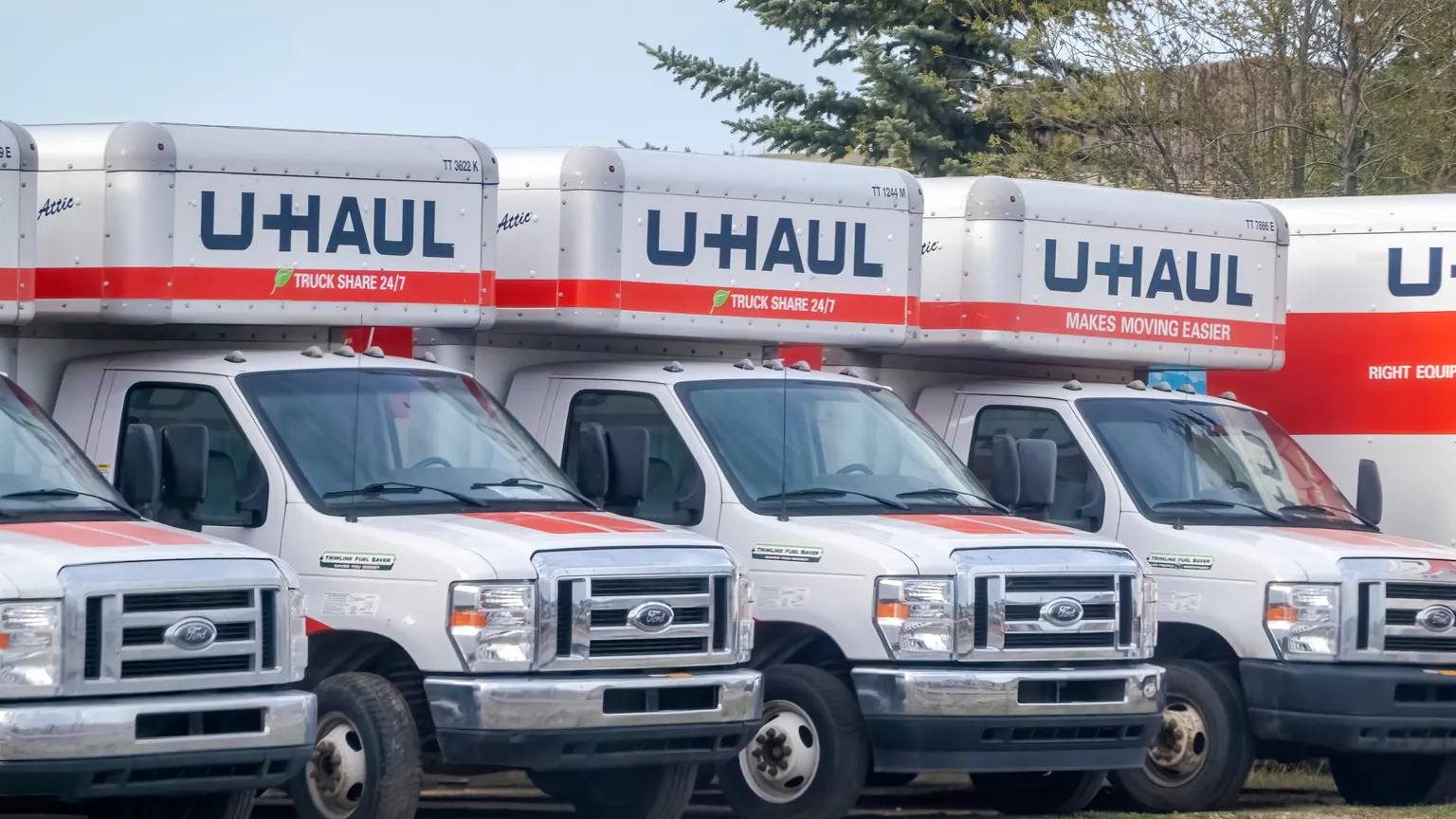Uhaul 10ft Moving Truck Rental Price
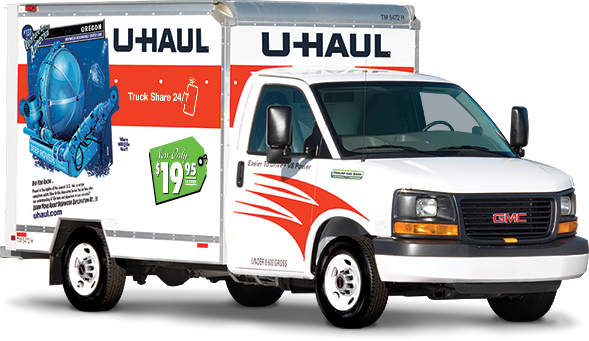
Moving costs are surging. The ubiquitous 10-foot U-Haul truck, a staple for small moves, is experiencing fluctuating rental prices nationwide, leaving customers scrambling.
This price volatility significantly impacts individuals and families on tight budgets, forcing them to reassess moving plans or absorb unexpected expenses. Understanding the driving forces behind these shifts and exploring available alternatives is now crucial for consumers.
Rental Rates: A Moving Target
U-Haul's 10-foot truck rental prices are anything but static. Quotes obtained across various locations and dates reveal significant disparities. For example, a local move within Phoenix, Arizona, quoted for a weekday in late October can range from $19.95 to $49.95, excluding mileage and insurance.
However, a similar move in Brooklyn, New York, for the same period, can spike to $79.95 or higher. These base rates often double or triple during peak seasons and weekends.
U-Haul's dynamic pricing model, which factors in demand, location, and availability, is the primary driver of these fluctuations. Larger cities with higher population densities and more frequent moves naturally experience higher demand, leading to inflated prices.
Factors Influencing U-Haul Prices
Demand and Seasonality
Summer months and the end-of-month periods are notorious for high moving demand. Expect to pay a premium during these times. College towns also see surges in demand around the start and end of academic semesters.
Weekends are almost always more expensive than weekdays. Planning your move for a Tuesday or Wednesday can potentially save you a considerable amount of money.
Location, Location, Location
Major metropolitan areas consistently have higher U-Haul rental costs. The availability of trucks in a specific area also plays a crucial role. Limited truck inventories at a particular location drive up prices.
"One-way" rentals, where the drop-off location differs from the pick-up location, are generally more expensive than "round-trip" rentals. This difference reflects the cost of repositioning the trucks.
Mileage and Insurance
Mileage fees add up quickly. Plan your route carefully to minimize the distance traveled. U-Haul offers various insurance options, which can significantly increase the total rental cost. Consider whether your existing auto or homeowner's insurance covers moving truck rentals.
Alternative Moving Options
For those facing high U-Haul prices, several alternatives exist. Consider renting a cargo van from other rental companies like Penske or Budget Truck Rental. Compare their rates and availability.
Portable moving containers, such as those offered by PODS or U-Pack, can be a cost-effective option for long-distance moves. These services allow you to load your belongings at your own pace.
Explore the possibility of hiring local movers for smaller moves. Sometimes, the total cost of labor and a smaller vehicle can be lower than renting a U-Haul and doing all the work yourself.
What to Do Now
Book your U-Haul truck well in advance, especially if you're moving during peak season. Check prices at multiple locations near you. Be flexible with your moving dates and times to potentially secure a lower rate.
Carefully review the rental agreement before signing. Pay close attention to the mileage fees, insurance coverage, and return policies. Consumers are encouraged to compare quotes from multiple sources before finalizing their moving plans to mitigate unexpected expenses.
Consumers should monitor U-Haul's website for any promotional offers or discounts. Stay informed about potential price fluctuations and adjust moving strategies accordingly.





